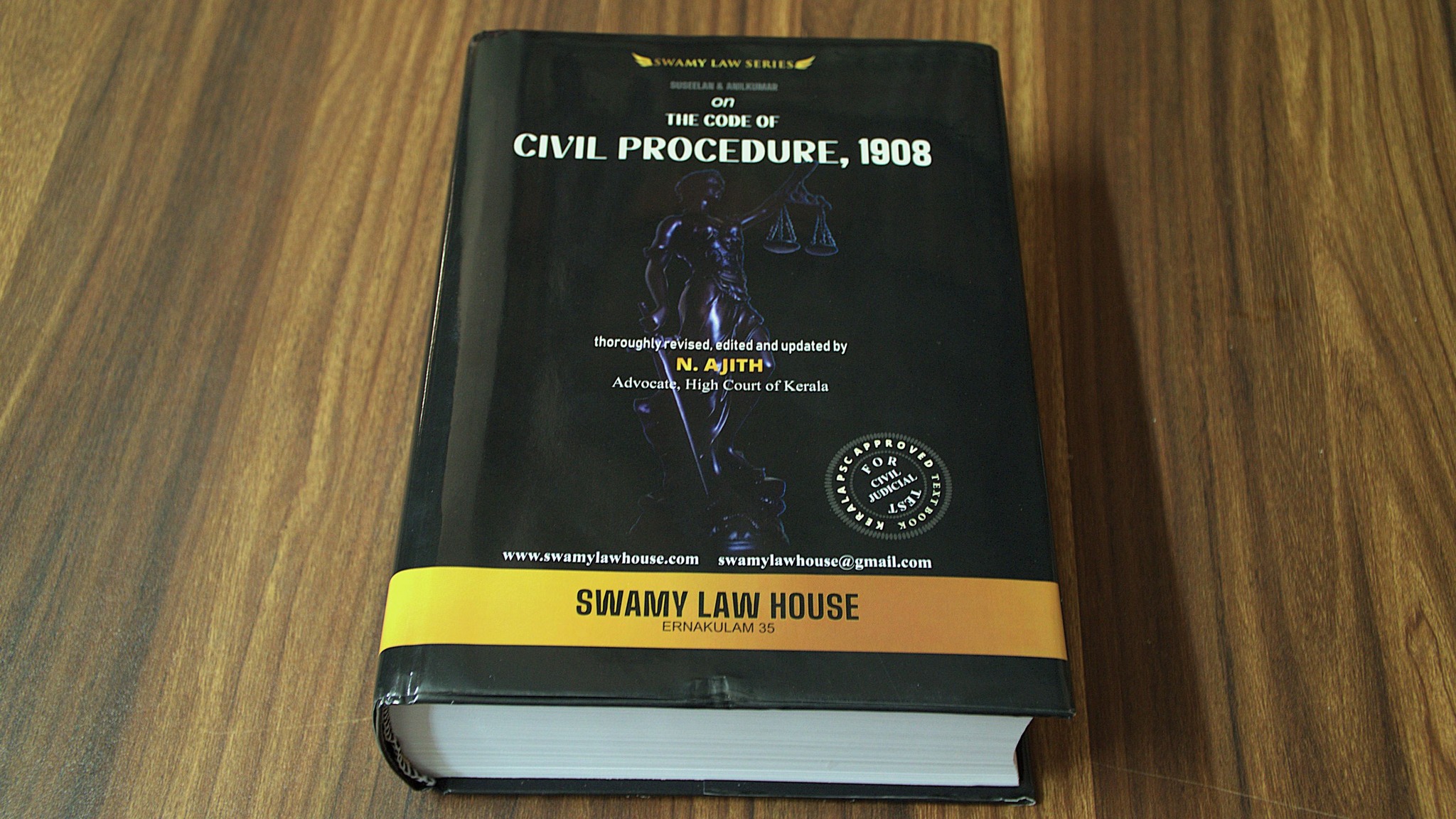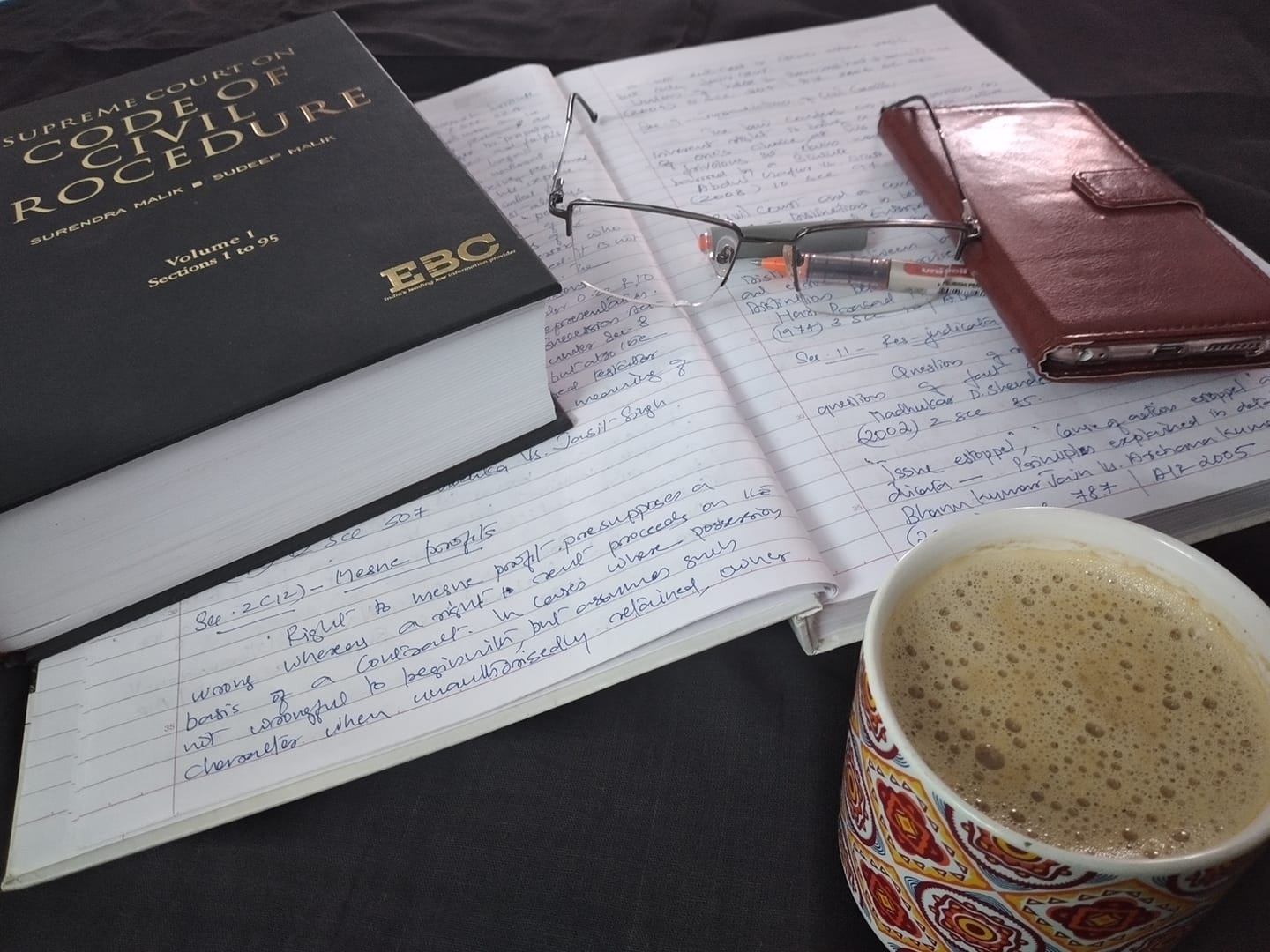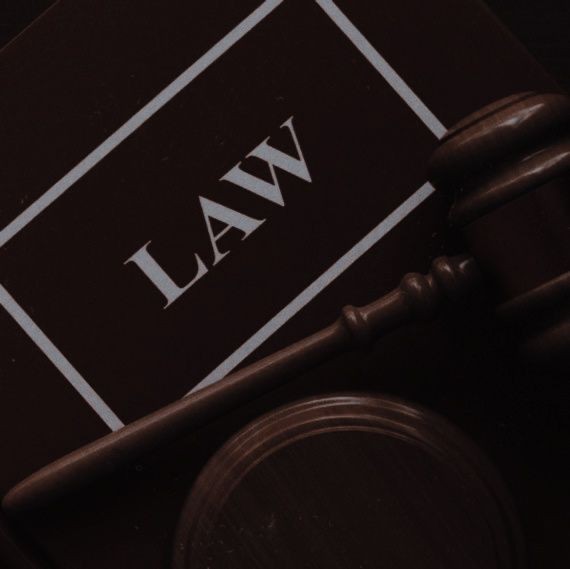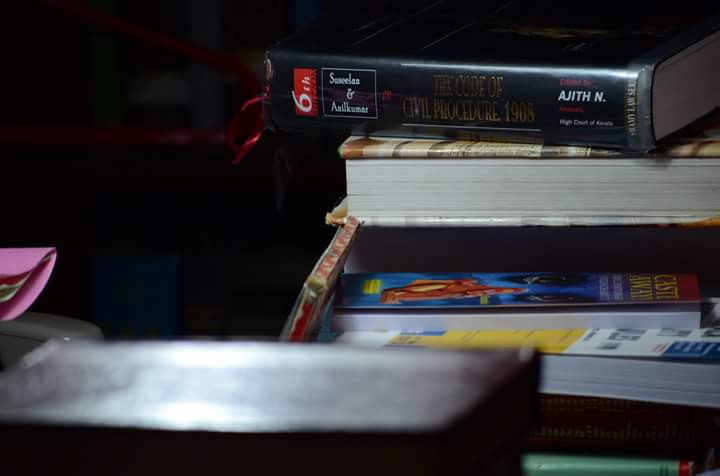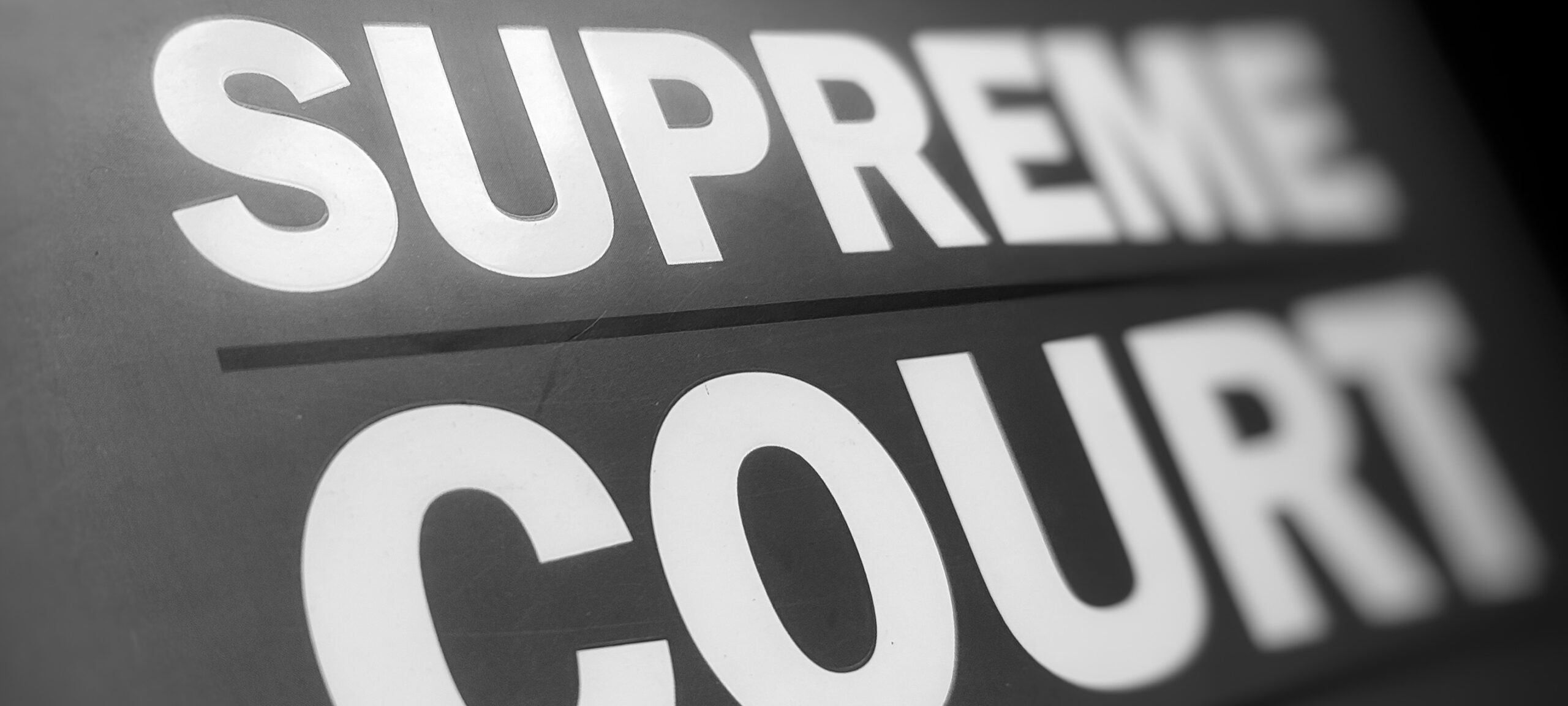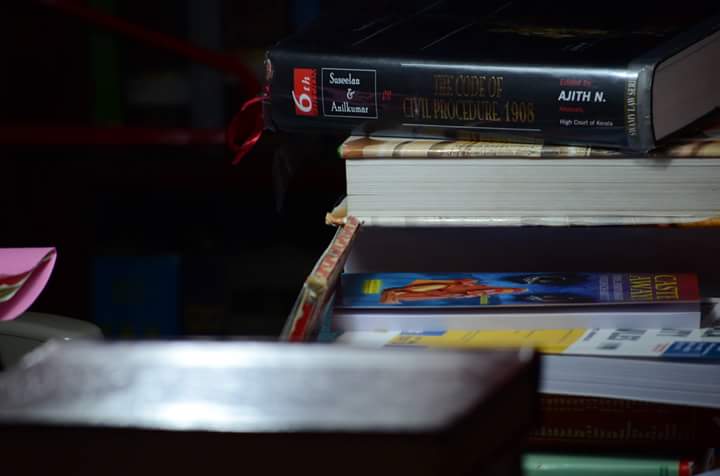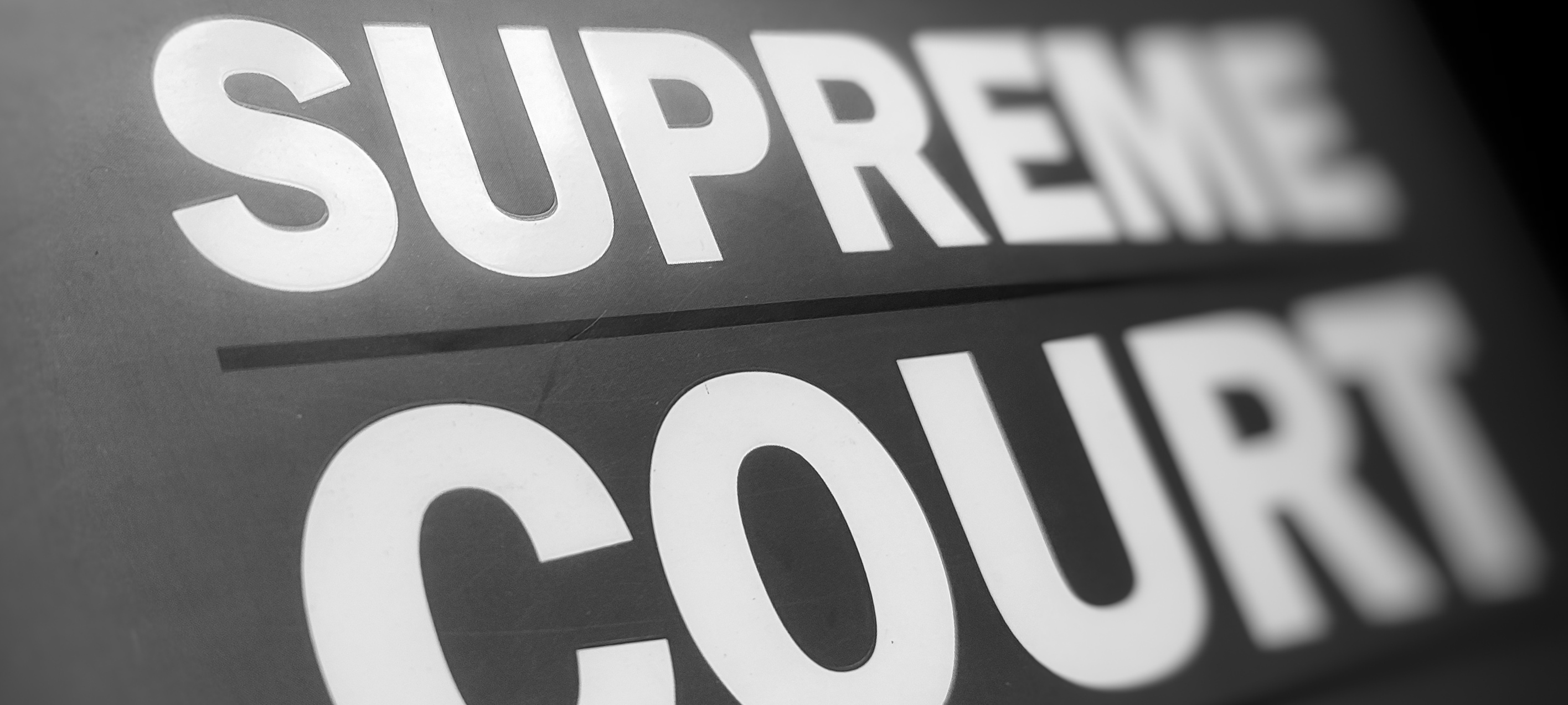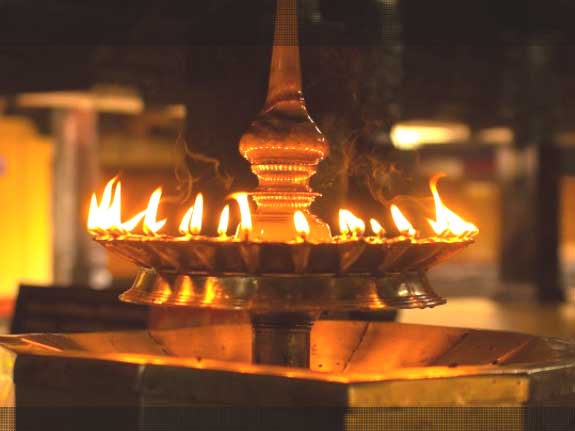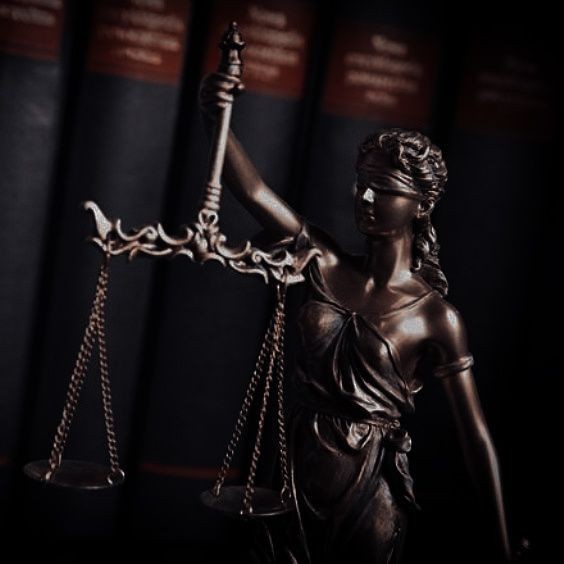Sec. 5 of the Specific Relief Act provides for the recovery of specific immovable property. It clearly states that, "a person entitled to the possession of specific immovable property may recover it in the manner provided by the Code of Civil Procedure. This section deals with the recovery of possession of specific immovable property on the basis of title. In other words, whoever proves a better title is entitled to possession. The title may either be on the basis of ownership or possession. A suit under Sec. 5 of the Act is an ordinary suit under general law where the plaintiff has to prove that he has got a better title. Under Sec. 5 of the Act, a person dispossessed from the property can get possession on the basis of his title.
Three distinct actions could be brought for the recovery of specific immovable property, i.e..
- A suit based on the title by ownership,
- A suit based on possessory title; and
- A suit on the strength merely as previous possession, in the case of a wrongful ouster of plaintiff without his consent, otherwise than on due course of law.
Thus, the purpose of Sec.5 is to protect possession; and
- To discharge people from taking the law into their own hands and thereby deriving any benefit;
- To put an additional restraint upon illegal dispossession, by depriving the dispossessor of the privilege of proving a better title to the property in dispute; and
- To prevent the shifting of the burden of proof by illegal dispossession.
Where there is prima facie and clear proof of dispossession the court can order restoration at interlocutory stage of the suit also, but it should be done in rarest cases. Where a person has, in his own right and merely as representative of another with control over property as to be able to exclude others from it and has the intention of exercising such power of exclusion, he can said to be in possession of that property.
Possession is prima facie evidence of title to ownership of the property. Prior possession is good title of ownership against all who cannot show a better title Where a plaintiff has not only possession, but has also a clear title to the major portion of the land, and his possession is interfered with by one with no title and when he has been dispossessed in part by such person, he can maintain a suit to recover the whole land from the trespasser.
The word "a person' used in the Section means any one of the persons entitled to possession or anyone of the persons dispossessed. The manner prescribed by the Code of Civil Procedure means; it is to bring a regular suit for ejectment and obtain a decree and then to execute the decree and obtain possession under 0.21.R.35 or R.36 of the Code of Civil Procedure, as the case may be.
In Mustapha Sahib v. Santha Pillai, [ILR 23 Madras 179], it was observed that when a property ousted by a person who has no better right is, with reference to the person so ousting, entitled to recover by virtue of the possession he had held before the ouster even though that possession was without any title. In order to succeed, the plaintiff has to show that he is a person entitled to get possession, and hence he must show that he had possession before the alleged trespassers got possession.
Under Sec. 6 of the Specific Relief Act, a person dispossessed may recover possession merely by proving previous possession and subsequent wrongful dispossession. He need not prove a better title against the occupier/ trespasser, and he will not be allowed to show his title by ownership, contract, prescription or inheritance. The main objective of Sec. 6 may be summarized as;
- To discharge people from taking law into their own hands, however good their title may be, and
- To provide a summary, cheap and useful remedy to a person who has been dispossessed of the immovable property otherwise than in due course of law.
Thus, according to Sec. 6 of the specific Relief Act, a person who has been dispossessed, may recover possession, if he institutes his suit within a period of six months, notwithstanding any other title that may be set up in such suit. No matter how good the title of the dispossessor, the person previously in possession is entitled to be restored to possession, if he is prompt in coming to the court There will be no question as to the title, but only three questions will be determined before passing a decree; i.e.;
- Who was formerly in possession;
- Whether he was dispossessed within six months from the date of the institution of the suit; and
- Whether he was dispossessed without his consent otherwise than in accordance with law.
If the suit is instituted after the period of six months of the dispossession, the suit is not maintainable. Where the plaintiff is proved to be in possession, and his dispossession is not proved to be legal or in accordance with the due course of law, the plaintiff is entitled for a decree for possession, based on his possession title. That means the question of title is entirely irrelevant in this suits. In Girijawwa v. Basawwa [AIR 1991 Karnataka 51], it was observed that, if in a suit for possession and mandatory injunction, unlawful dispossession and the title is proved, the suit will be maintainable under Sec. 6 of the Act and plea that the plaintiff is not seeking declaration of title is immaterial.
An action under Sec: 6 is one to recover possession of immovable property from the hands of another by any person who has been dispossessed of the same,
- Without his consent; and
- Otherwise than in the due course of law.
Once the plaintiff establishes his possession and his dispossession is proved to be illegal or not in accordance with law, the plaintiff is entitled to a decree for possession based upon his possessory title. But a person who has not been in possession cannot seek the relief under Sec. 6 of the Act. It is a settled position that in a suit under Sec. 6 the plaintiff is not required to prove title, but, if the period of six months has been elapsed, then he must prove title. Thus while determining the question of possession in a suit under Sec. 6, the Trial Court is not bound to examine the question of title. Inquiry by the Trial Court regarding the title of the plaintiff or opposite party was one without jurisdiction; and hence cannot stand.
A suit under Sec. 6, does not bar the institution of a subsequent suit for,
- Mesne profits;
- Damages; and
- Cancellation of a deed under which the defendant claims title.
In case the person dispossessed does not institute a suit within six months time, he can bring a regular suit for establishment of his title and for recovery of possession. Since the decree under Sec. 6 gives possession to the dispossessed plaintiff, Sec. 6 (4) specifically makes it clear that such a decree cannot bar a fresh suit for recovery of possession. The aggrieved party can claim an appropriate consequential relief in such fresh suit.
The plaint in a suit under Sec. 6 of the Act, must aver previous possession and dispossession by the defendant otherwise than in the due course of law within six months of the suit being brought and should aver nothing else, and the only prayer in such a suit can be a prayer for recovery of possession.
Regarding appeals the section itself clearly says that there is no right of appeal against a decree in a suit under Sec. 6 of the Act. Similarly a review of the decision is also barred. But a revision under Sec. 115 CPC may lie to the High Court, but the Courts have not favoured this remedy because the aggrieved party can resort to another remedy by way of a regular suit.
Regarding limitations, Sec. 6 of the Specific Relief Act provides a period of six months for a suit for possession, i.e., six months from the date of dispossession. Further it is to be noted that the only prayer in a suit under Sec. 6 can be a prayer for recovery of possession, and possession alone.
Suggested Readings
- 1987 (1) KLT 213
- AIR 1989 Ker. 113
- 1987 KLT 319
- 1986 KLT 1204
- AIR 1997 Ker 23
- 1999 (2) KLT 423
- 2000 (4) SCC 119
- 2000 (6) SCC 604
- 2000 (3) SCC 460
- 2000 (7) SCC 215





